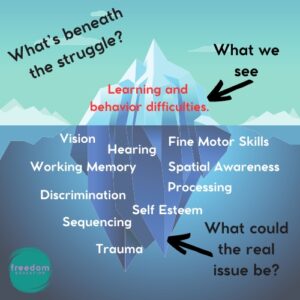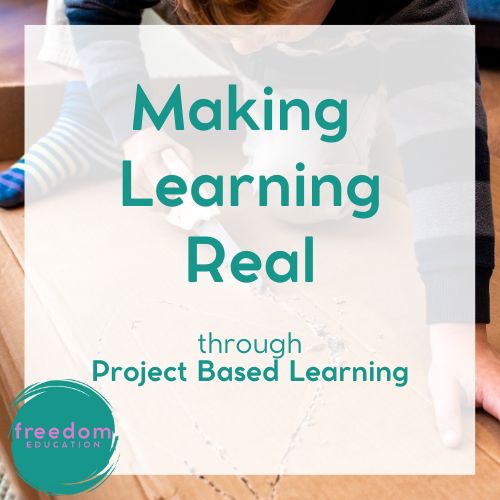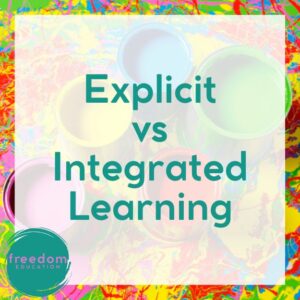
What’s behind the struggling learner?
Oftentimes, in classroom settings, we unknowingly adhere to an age-old script – a script born out of centuries-old teaching methodologies, where one size fits all. But what if this script is failing our learners?
Consider this, the average classroom is bursting with diversity – diversity in thought, aptitude, and most often underestimated, neurodiversity. Studies suggest that about 15-20% of students are neurodiverse, having unique brain functions like dyslexia or ADHD. Yet, our teaching pedagogies have ignored these stark realities, expecting every child to fit into the pre-set mold, thereby disregarding the cascading effect it could have on their self-esteem and confidence.

Understanding the significance of neurodiverse learners and how to support them is a change that’s long overdue. Consider this, if a student shows signs of being a year below their perceived potential, why do we wait for the gap to widen before intervening? Shouldn’t we address it early, when they first start falling behind, rather than waiting for the struggling student to snowball into a crisis? This is a rippling effect waiting to trip us up, and one that can transform our education system once understood and acted upon.

Addressing neurodiversity need not be an uphill task, but a strategic approach that has the potential to change trajectories. It begins with identifying signs of learning difficulties early on, and developing an intervention plan that chiefly targets the root cause, rather than simply adding another layer of curriculum intervention to the student’s already hefty load. Does the child have difficulty processing information? Or perhaps struggle with fine motor skills? Are they struggling with trauma or confidence? Let’s target these core areas directly, rather than waiting for their struggles to escalate.
Sure we already strive to provide additional support for struggling students, both neurotypical and neurodiverse but this is often additional curriculum support be it targeted literacy, phonics, letter formation or basic numeracy. A learner might be learning about one spelling pattern in class, another in a withdrawal group and another through outside tutoring. Now it could be easy to think how awesome it is that this student is getting three times the support and learning but no. If this learner has underpinning visual, auditory or processing difficulties adding more curriculum learning imagine how difficult and confusing everything must be for them. It reminds me of the old saying of flogging a dead horse. We keep throwing curriculum supports one after another at learners and keep wondering why their learning gap continues to widen. We are going round in circles with this methodology with learners being put into learning support at Year 2 and still being there at Year 6 with very little progress.
What we need to do better at is exploring their underpinning weaknesses and ensure these are given the support they require. This will in turn allow curriculum support to actually stick. A child with an untreated visual impairment may struggle to read no matter what curriculum supports are in place. Once this impairment is supported through glasses all of a sudden the curriculum supports start to actually work. This is what is needed for all struggling learners – we need to get to the bottom of why and ensure if something else is at play it is also addressed first and foremost.

We need to shatter the age-old script and walk towards a classroom where teachers, learning assistants, parents, and the child work together on a coordinated strategy. Early identification, strategic intervention, constant support – these should be the pillars of our future classrooms. Though it requires a paradigm shift, the payoff in securing a confident, self-assured, capable future generation is unmatched.
Our call to action is not merely an appeal but an urgent necessity for a transformative education ecosystem. One that not only acknowledges but appreciates and fosters neurodiversity.
Feeling inspired? Dive deeper into the world of neurodiversity with our member spotlight featuring Jenny Tebbutt in a reflective discussion on Neurodiverse Learners.
Jenny also runs free parent sessions, screening assessments, tutoring and home learning programmes along with professional development for schools, SENCOs, teachers and learning assistants.
Email me if you would like further information.






